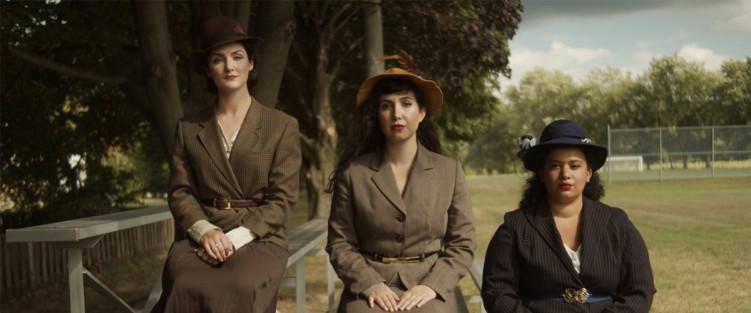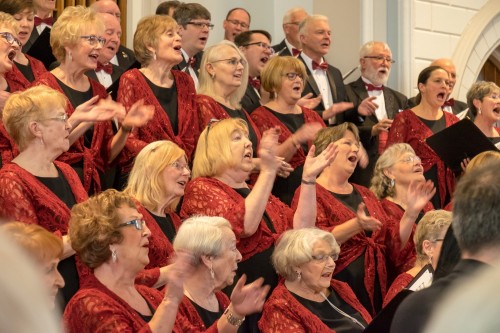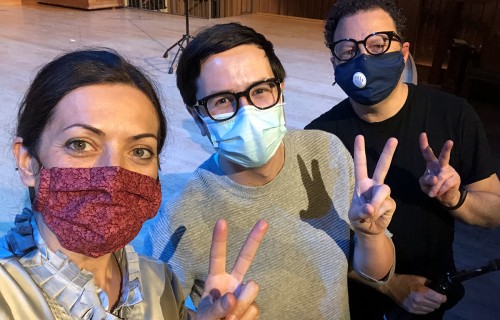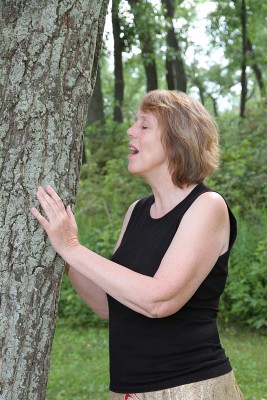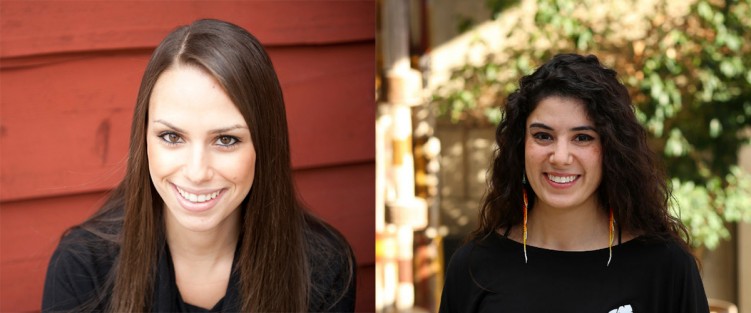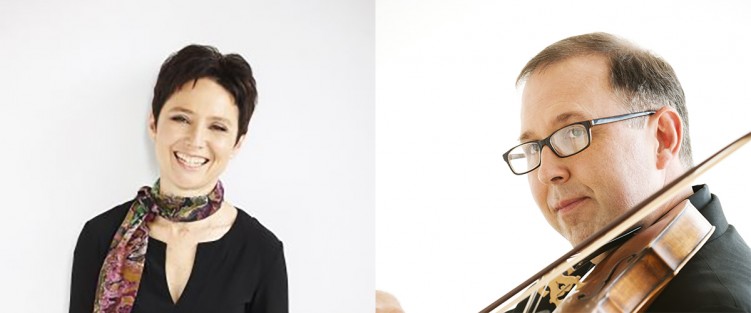This article appears in The WholeNote as part of our collaboration in the Emerging Arts Critics program.
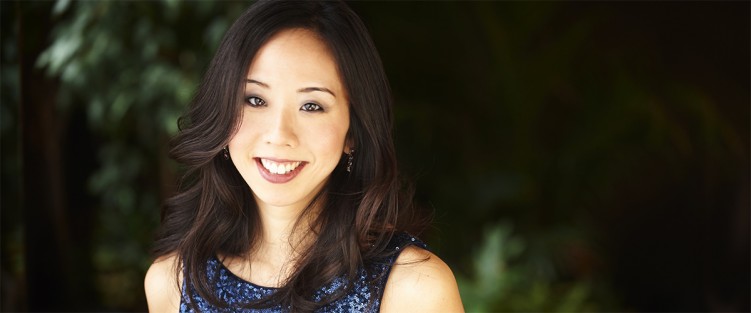 There’s something intimate about livestream concerts: watching musician and instrument in their space waiting, you can almost feel the anxious excitement as you wait for the concert to begin. On June 18, that feeling was palpable as a digital audience awaited “Water Play” – an hour-long livestream concert by pianist Angela Park, inspired by different musical views of water.
There’s something intimate about livestream concerts: watching musician and instrument in their space waiting, you can almost feel the anxious excitement as you wait for the concert to begin. On June 18, that feeling was palpable as a digital audience awaited “Water Play” – an hour-long livestream concert by pianist Angela Park, inspired by different musical views of water.
The performance was part of the Toronto-based Xenia Concerts series, bringing music to isolation during the COVID-19 pandemic, especially to those who might not otherwise be able to access classical music concerts. Xenia is a registered Toronto-based charity focused on breaking down barriers to music and art in an environment accessible to neurodiverse audiences. Everything, from the performance length to Park’s enthusiastic explanations of the pieces she was about to perform, to allotting a brief “stretch break,” made this event feel welcoming for music enjoyers of all experience levels. (This was evident by the heartwarming virtual Q&A following the performance – some of Park’s commenters were as young as 5 or 6!)
This artful program featured works by Chopin, Liszt, Ravel, and Debussy – each composer’s piece inspired by a radically different view of water out the window. The afternoon began with Frédéric Chopin’s Barcarolle, slow and rolling on the piano keys, like a gondola down a centuries-old canal. It’s a shame that the peaceful, nostalgic mood of Chopin’s melodies in this piece is impossible to bottle.
The next three pieces Park played were a set by Franz Liszt, inspired by his awe of peaceful lakes in Switzerland, but also by turbulent storms raging above the Swiss mountains. The first, Au lac du Wallenstadt, was peaceful and melodic – but Park’s rendition of Liszt’s Au bord d’un source really stood out. Meaning “beside a spring,” Park's interpretation was sunny and sparkly. In the tinkling of her crystalline high notes, you could hear ice-cold water trickling over pale stones.
The final Liszt piece Park played was Orage or “storm.” After having begun the concert with such serenity, the deep, barrelling crescendos and tense chords of this work felt electric. Powerful, booming chords told the story of thunder and lightning dancing menacingly together in the sky about the lakes surrounding the Alps. The experience was turbulent yet cathartic, leaving listeners in the sleepy, hazy calm of the beach after the storm as the final, calming notes faded away.
In the second half of the concert, Park performed Maurice Ravel’s Jeux D’eau – “water games” – with appropriate playfulness, emphasizing the music’s gleaming glissandi. Next came the crowd-pleaser Claire de lune by Claude Debussy, a timeless encapsulation of the shadowy magic of moonlight. Here, Park’s playing was graceful yet powerful. With water on the forefront of the mind, it was easy to imagine the haunting coastal fog of the slow opening chords, silvery ripples gliding across the glass-like surface of the sea.
The concert ended with Debussy’s less-often heard L’Isle Joyeuse and it stole the show, stepping out of the moonlight and closing the event on a sunnier note. Debussy was inspired in this work by French artist Watteau’s 18th-century painting The Embarkation for Cythera, of a joyful group of companions embarking a ship to the mythical island of Cythera. The painting’s playful nature is echoed in the beginning of the piece, its upbeat tempo and exciting phrases filling the air with fluttering notes of anticipation of romance. As the piece developed, its melody grew more triumphant and confident – a successful voyage and a blissful jig for all.
After the grace of the Barcarolle and undulant drama of Orage, L’Isle Joyeuse was a pleasant resolution. “Water Play” was fun, accessible and thoughtfully curated – and Park was a thoughtful one-woman show, guiding the voyage with elegance and emotion.
Xenia Concerts presented “Water Play”, featuring pianist Angela Park, on June 18 at 3pm EDT, via Facebook Live.
Leah Borts-Kuperman has completed her Master of Journalism at Ryerson University in Toronto. Her work has also been featured in Broadview, Opera Canada, and Dance Current magazines.
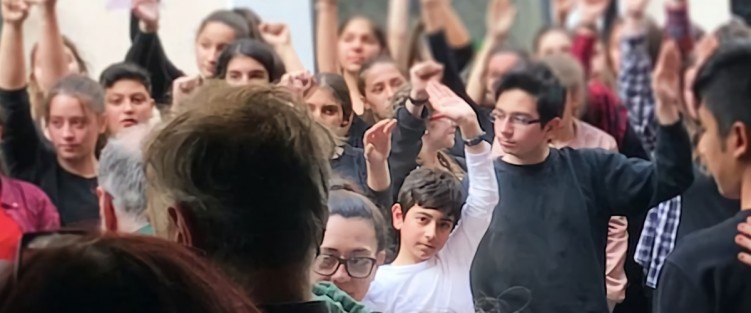 “Is there a radical hope to be found in the humble drama classroom?”
“Is there a radical hope to be found in the humble drama classroom?”

